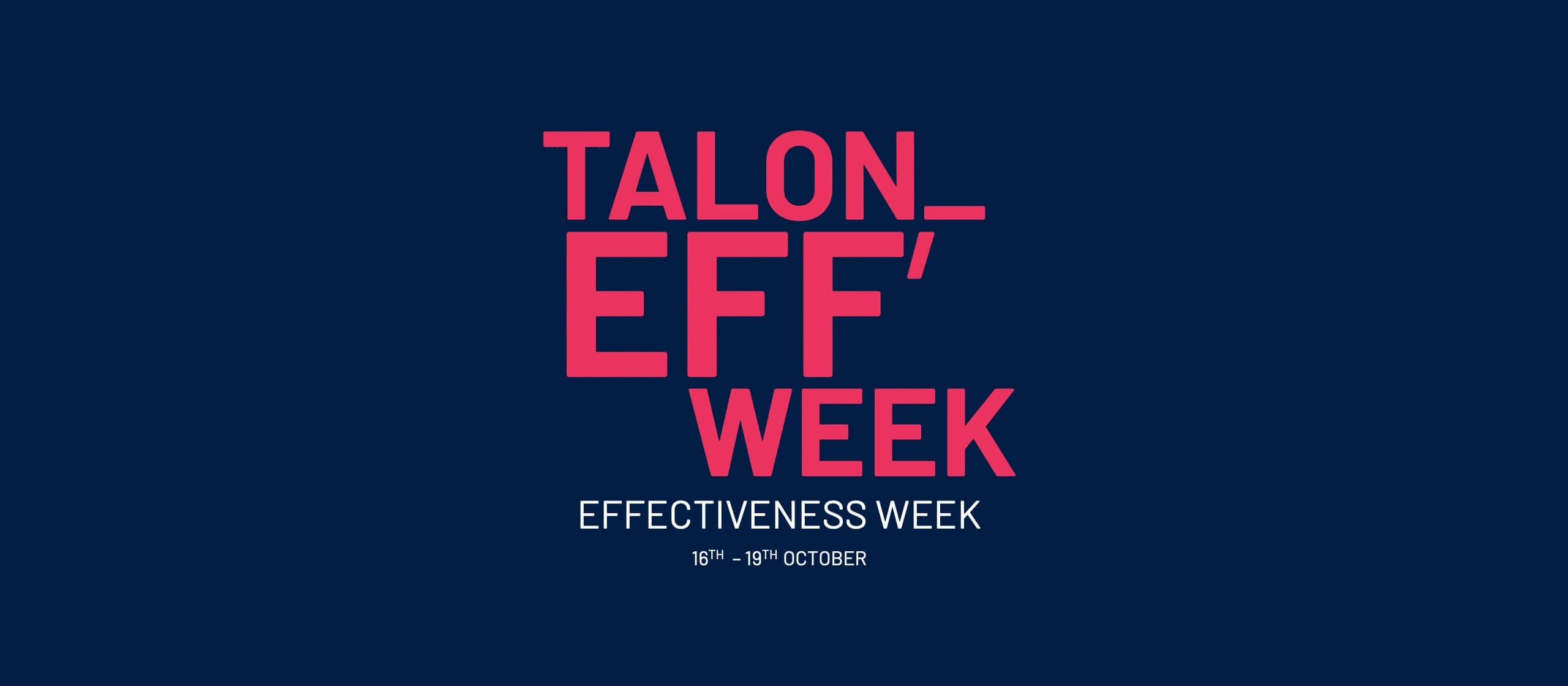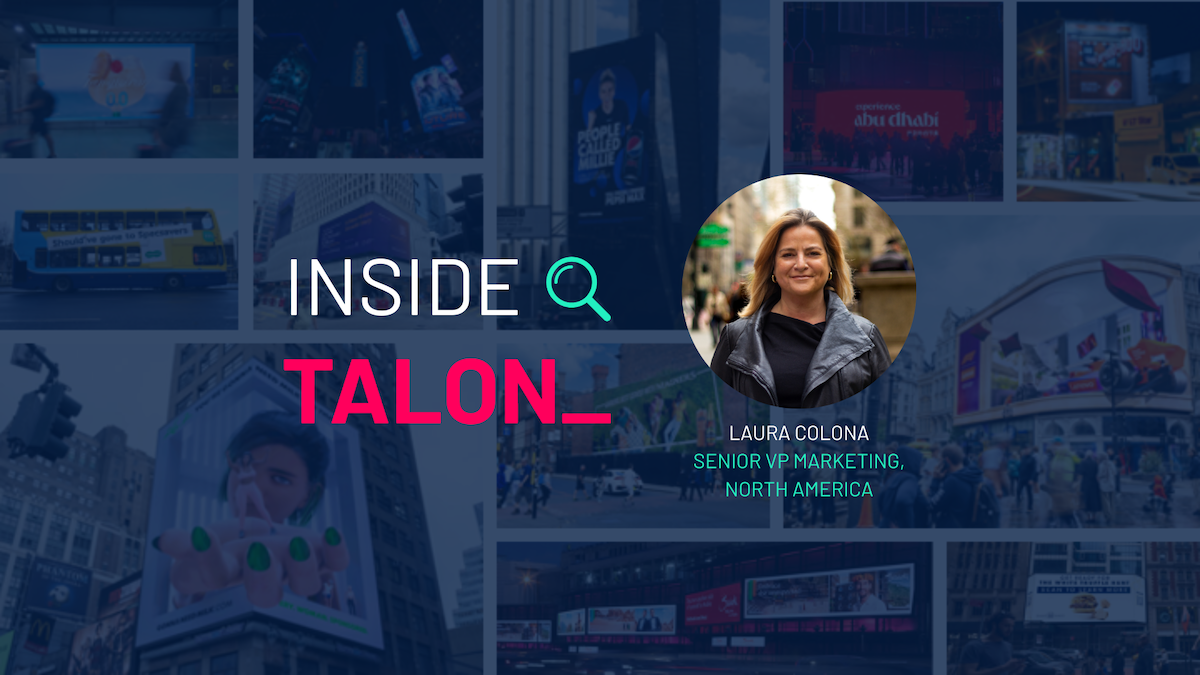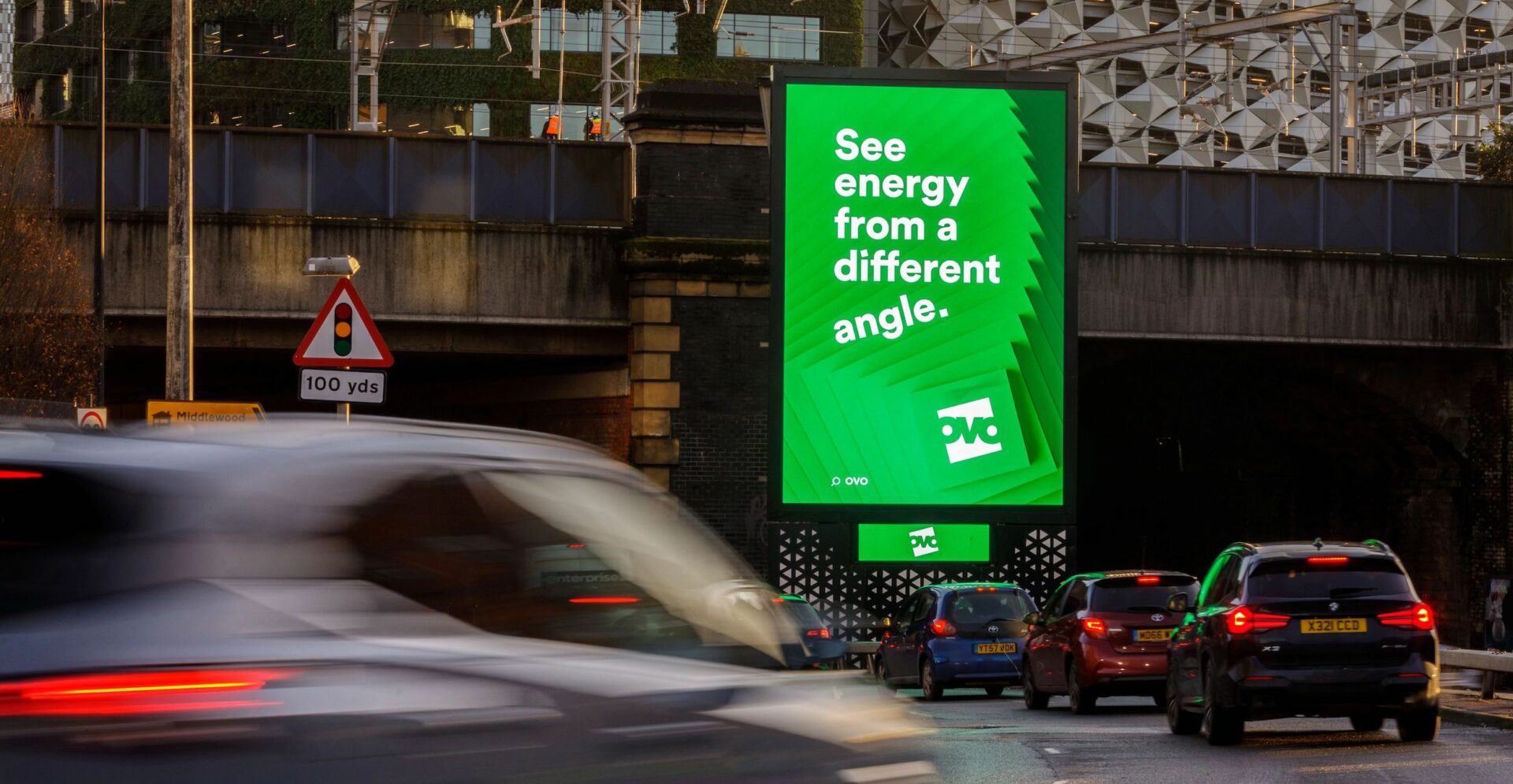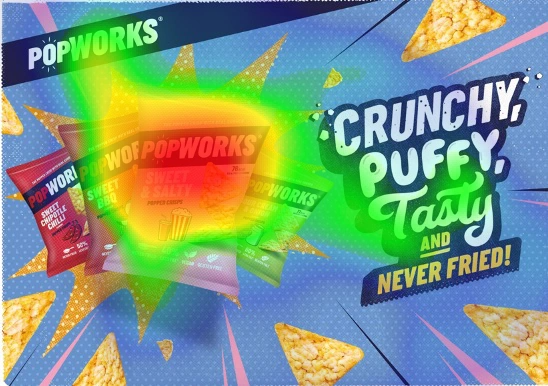The State of OOH Effectiveness – Learnings from Talon’s Eff’ Week
By Effectiveness Executive, Ellie Reeves.
Navigating Attention Dynamics in OOH
Off the back of IPA Effworks and Future of Media, Talon’s Effectiveness team sought to bring the key debates, themes and trends seen across the industry in-house. While the demands of day-to-day planning are higher than ever before, it’s fundamental to understand the wider media landscape to ensure that our campaigns – and channel – are as effective as they can be. Media events and publications are largely dominated by digital channels, while OOH agencies have to read around their trends to interpret the state of our own. With speakers from Route, OnDevice, and Analytic Partners, this week offered a unique opportunity to look at key themes within the OOH industry and the role these play within the wider media ecosystem.
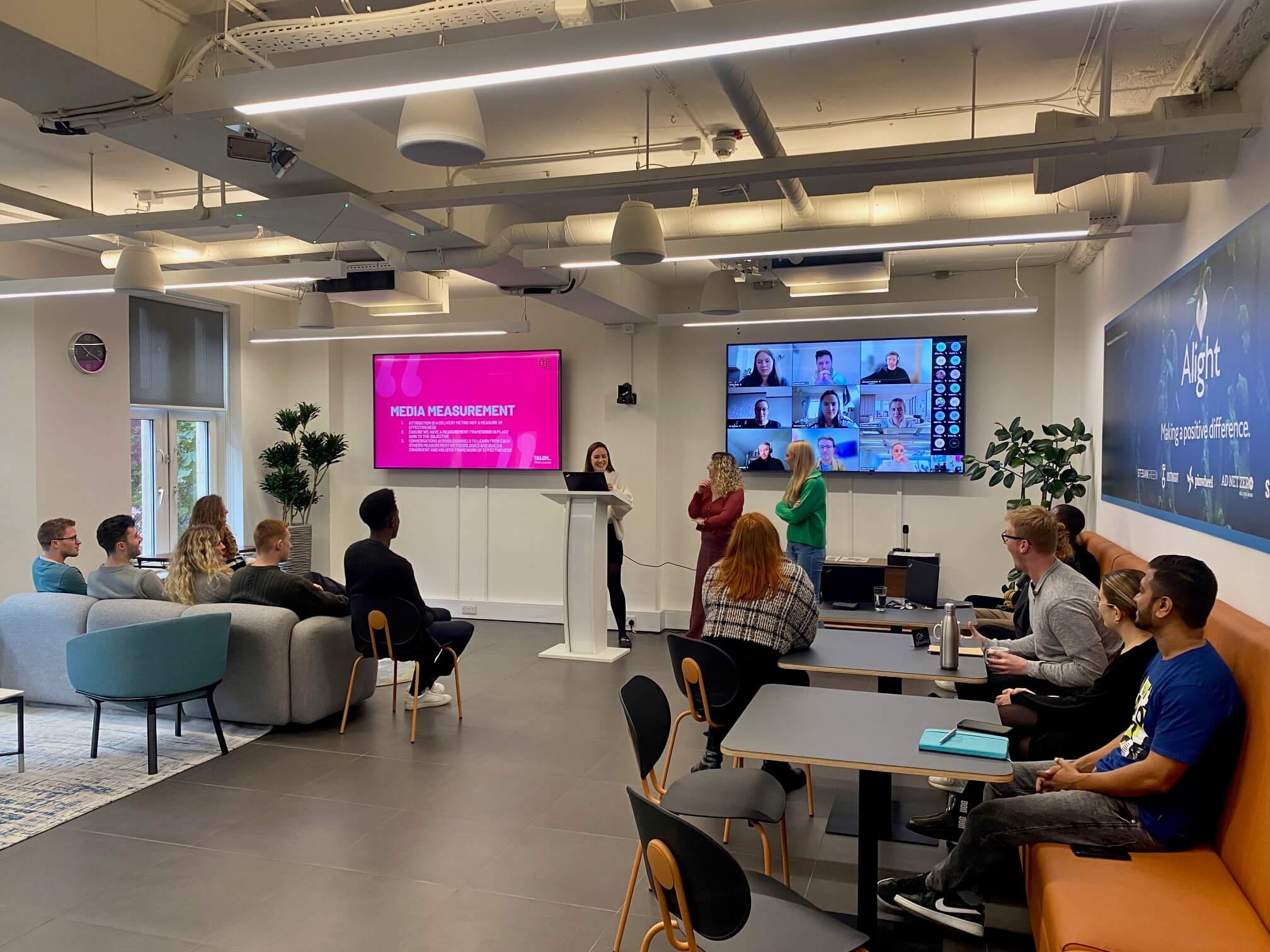
ATTENTION
Highlighted by Dr Grace Kite at IPA Effworks, inflation will be the core impact on consumer sentiment and behaviour for the foreseeable future. With consumers increasingly shopping around for the best price, brand loyalty is down while shoppers are actively looking for brands to support them through hard times. As a result, it’s an incredibly important time for brands to be advertising – the battleground will be in gaining meaningful attention among consumers in an oversaturated advertising landscape.
Kantar’s recent Media Reactions is a key example of how attention is coming to the forefront of conversations surrounding media effectiveness, citing a 90% correlation between channels that consumers claim capture their attention and those that they prefer. Consumers placed both OOH and DOOH in their top three attention grabbing channels, and top five preferred channels. Though 51% of marketers claim their marketing budget is influenced by attention, the paper’s findings showed significant discrepancies between perceived and actual consumer preferences. Reflecting on a broader shift towards in-person advertising experiences, Kantar emphasised the importance of attention on strategic decision-making. But how are media channels themselves understanding attention?
Digital channels have been almost systematically referring to attention as ‘the new metric’, calling for its incorporation into measurement frameworks and an understanding of the concept across different platforms and formats. By comparison, OOH has been researching and quantifying this concept for decades. Euan Mackay outlined the sophisticated methodologies that have been used by Route to determine the visibility of OOH, making OOH the only media channel where inventory is 100% viewable. Eye-tracking projects with Lumen mean that we have an extensive understanding of how pedestrians view the world around them, and as a result, how many people really see an OOH ad. While digital impressions can overestimate an audience by up to 91%, OOH uses visibility-adjusted impacts as a truer measure of campaign reach and are embedded into the currency of OOH.
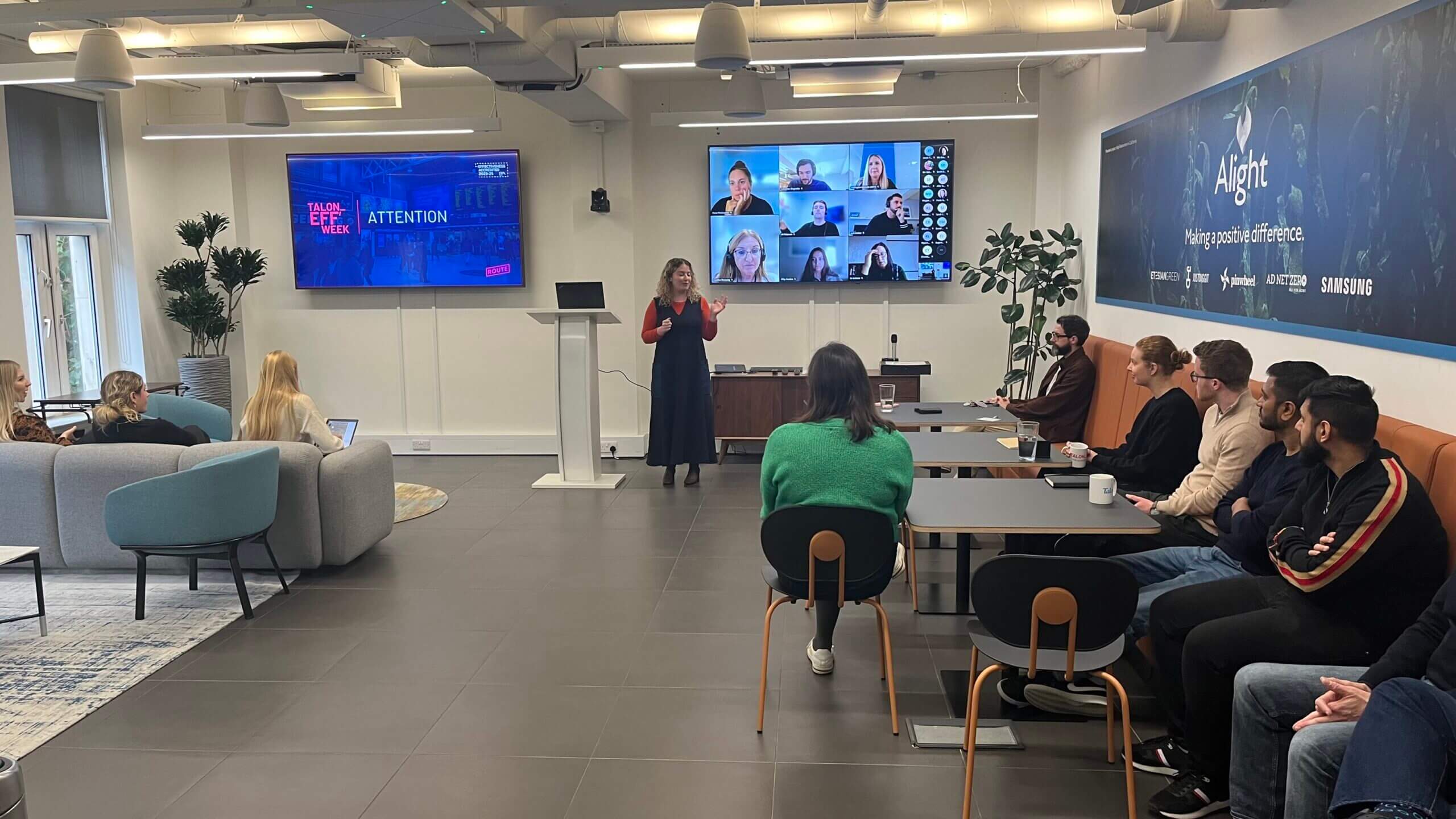
MEASUREMENT
While impacts are a significant differentiator of OOH from other media channels, in the words of Ceclia Dones, “impressions just prove you spent money”. Holistic and thorough measurement has been an increasingly prevalent topic of conversation in the media industry, highlighted by the Future of Media’s decision to create a measurement track this year. Dones was one of many speakers calling to distinguish metrics of delivery and metrics of effectiveness, highlighting the inconsistency of these across media channels. For brands, the key challenge will be defining and measuring success across channels and markets in a coherent and comparable way.
For media channels, the challenge is in justifying individual channel effectiveness to clients while appreciating our role within an omnichannel strategy. As campaigns run across multiple channels, we need to measure in the same way. Speaking at Talon’s Eff’ Week, OnDevice’s Sarah Robson outlined both the necessity and complexity of constructing an omnichannel measurement framework, claiming: “data is driving what we do and yet there still isn’t one coherent way of measuring what we do”. Effectiveness needs to be independently assessed, looking at the whole strategy and understanding the cumulative impact of channel spend. Effective measurement is being able to unpick where a campaign has worked and what hasn’t worked – where improvements and adjustments need to be made in future strategies.
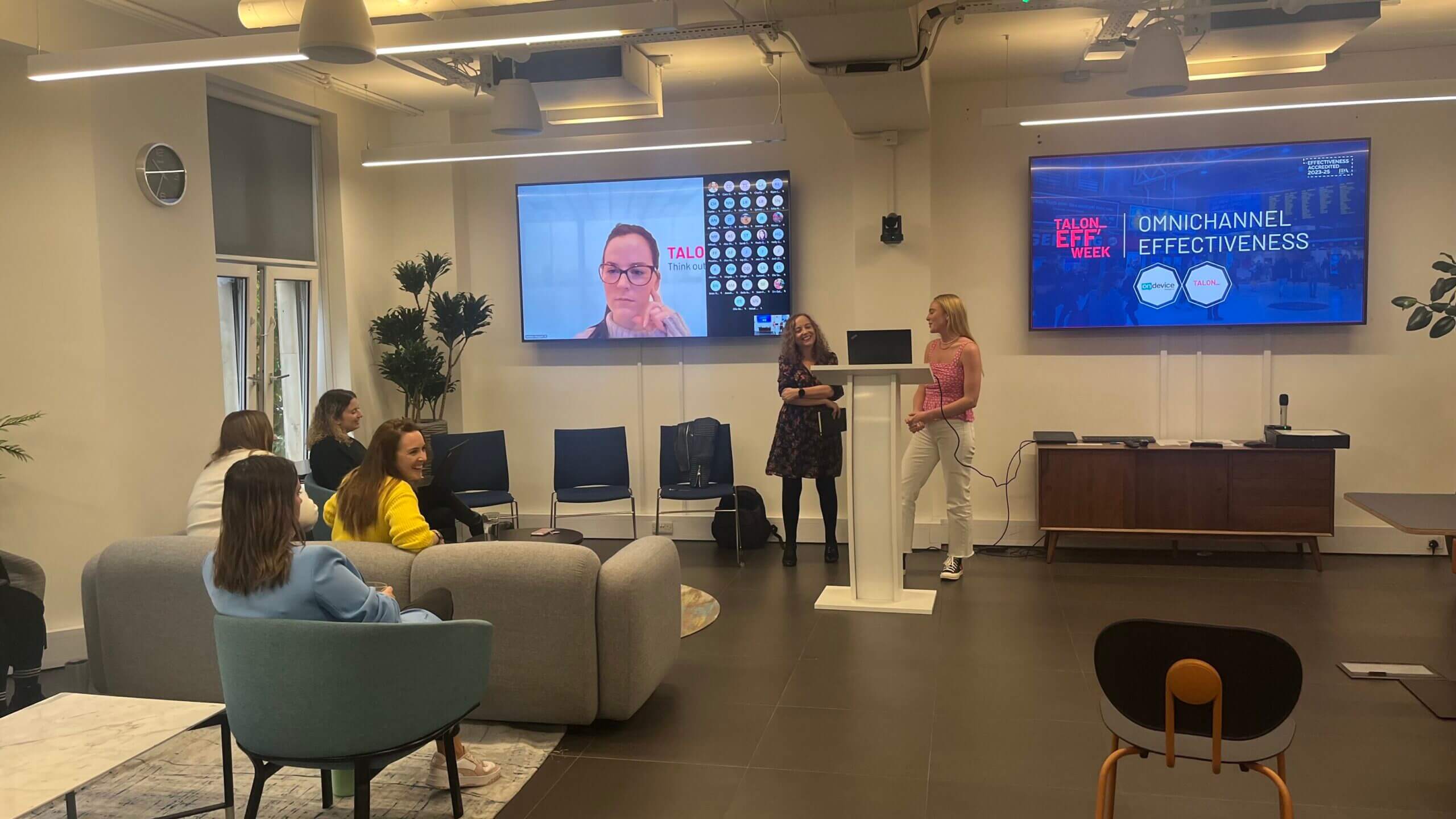
ECONOMETRICS
Instrumental to the effectiveness of a measurement framework is the use of varied metrics for success, looking across the brand funnel to chart awareness, loyalty, trust, and sales, to name a few. Another key buzzword in the industry, econometrics has been increasingly leant on as the sole framework for quantifying channel effectiveness through ROI. Through econometrics modelling, OOH is typically positioned as a channel that delivers poor ROI. This is largely due to very few data points being ingested, lacking granularity, and failing to account for incredibly important factors like creative performance, regional differences, and seasonal impacts. Hearing from Justine O’Neill at Analytic Partners, our Eff’ Week looked to assess the challenges and opportunities for OOH and econometrics.
Fundamental to accurate econometric reporting is collaboration. Agencies must be transparently and productively working together to ensure that detailed, accurate data is used. For OOH, this means utilising Route data at a regional, or even frame, level. With channels running together, it’s difficult to isolate the effects of each, so a broader understanding of the media plan and channel spend will have a significant impact on reading results. While econometric modelling is an invaluable tool for clients, it’s not to be considered in isolation. Ten years on from their initial publication of ‘The Long and Short of It’, Binet and Field reminded us at IPA Effworks that short-term metrics must be considered in tandem with the long to assess and maintain long-term brand penetration.
UNDERSTANDING TRUE CAMPAIGN EFFECTIVENESS
Understanding true campaign effectiveness means identifying the objective of the campaign and how that can be measured with the right framework. There’s a need for multiple measurement frameworks in place to fill the gaps for each other. If 41% of ROI is driven by creative quality, versus 59% for executional elements, then we have to be measuring and optimising creative performance. Peter Field has highlighted that brand trust is becoming increasingly fundamental to driving profit, so measurement must take into account emotional and behavioural metrics also. Ultimately, cutting through the clutter requires a thorough understanding of the objective, strategy, and brand, with frameworks in place to measure and optimise the process for the betterment of clients and agencies alike.
Talon’s Eff’ Week allowed us to go beyond proving the need for measurement, to debate and understand at a broader level what effectiveness means for our agency. As quickly as the media industry evolves so do measurement and effectiveness conversations, meaning as an agency we must stay abreast of key issues and topics within the industry. As the first OOH agency to receive IPA Effectiveness Accreditation in 2021, the event was another great opportunity to show our commitment to a culture of constant learning.
